Neuroscience

Neurotransmitter receptors function via various G-protein coupled and G-protein independent mechanisms that activate downstream intracellular signaling pathways such as cAMP/PKA, PI3K/AKT, phospholipase A2, and phospholipase C pathways. For instance, dopamine receptors act through adenylate cyclase to activate PKA and other signaling molecules, thereby mediate gene expression through the actions of CREB and other transcription factors. Other neurotransmitters such as NMDAR or AMPAR are associated with ion channels that control flux of Ca2+ and Na+, thus propagating the action potential across the post-synaptic neuron.
Dysfunctions in GABAergic/glutamatergic/serotonergic/dopaminergic pathways result in a broad range of neurological disorders such as chronic pain, neurodegenerative diseases, and insomnia, as well as mental disorders including schizophrenia, bipolar disorder, depression, and addiction.
-
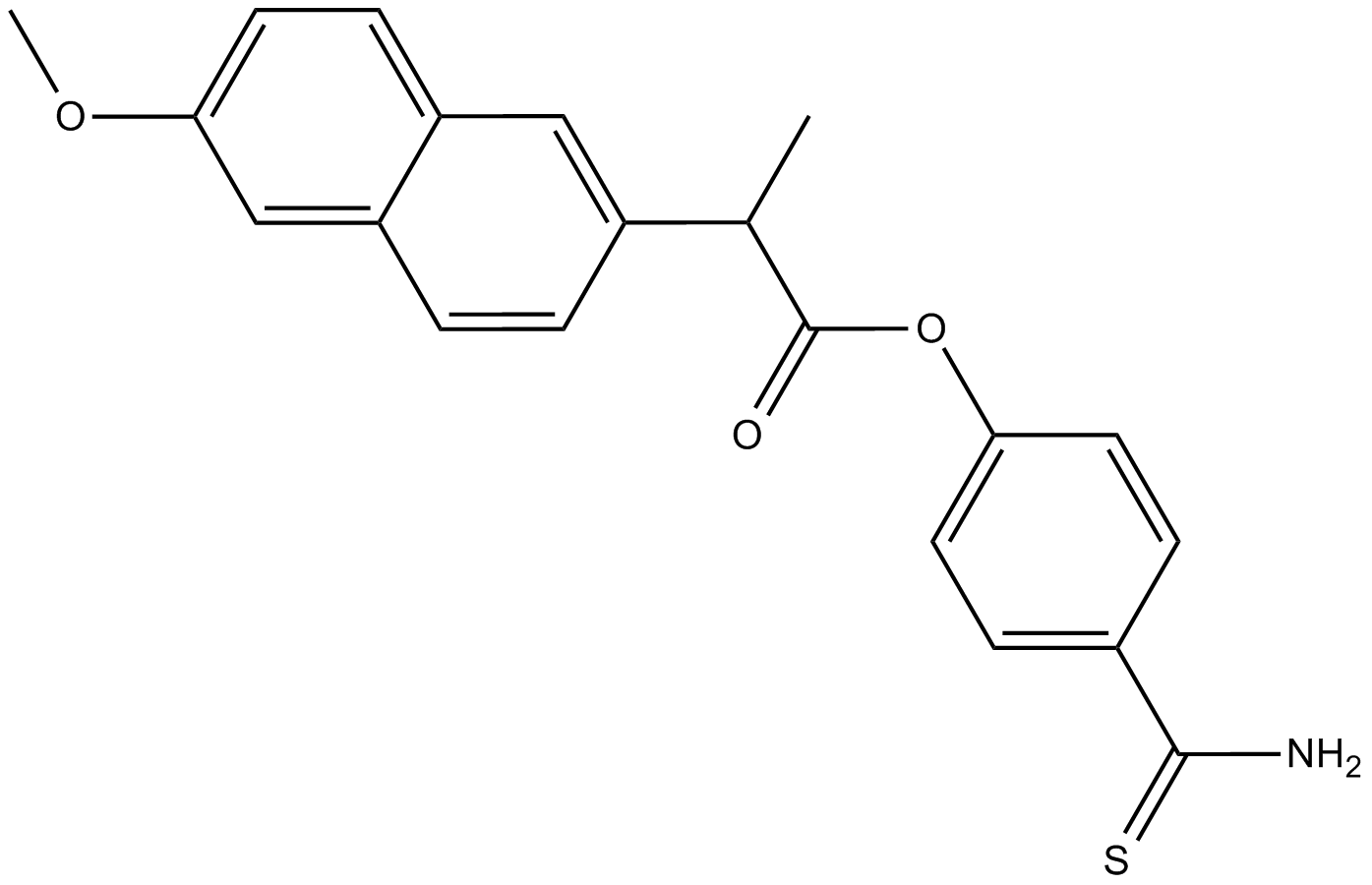 B3584 ATB-346Summary: Non-steroidal anti-inflammatory drug
B3584 ATB-346Summary: Non-steroidal anti-inflammatory drug -
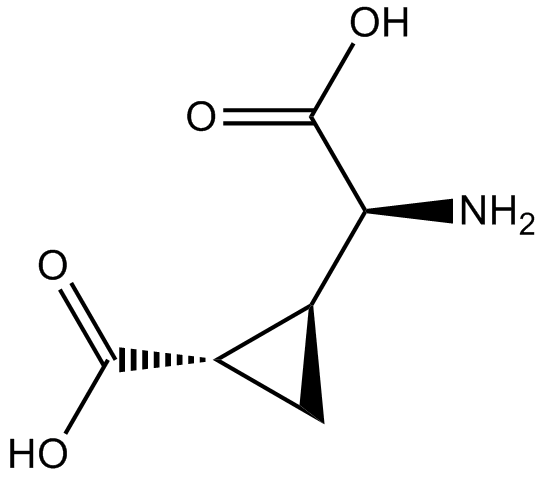 B6264 L-CCG-lSummary: group II metabotropic glutamate receptor agonist
B6264 L-CCG-lSummary: group II metabotropic glutamate receptor agonist -
 B6296 GBR 13069 dihydrochlorideSummary: dopamine uptake inhibitor
B6296 GBR 13069 dihydrochlorideSummary: dopamine uptake inhibitor -
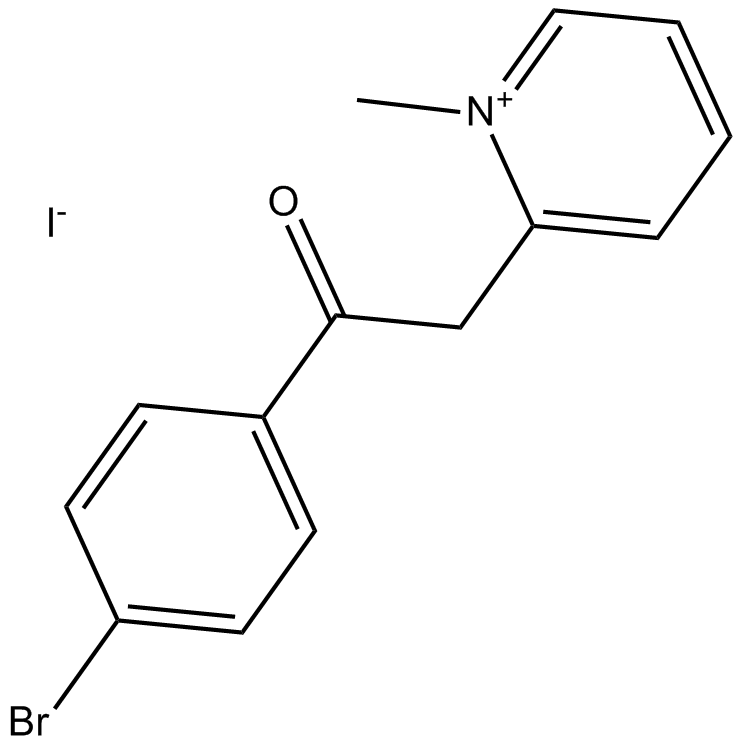 B7418 S 24795Summary: Partial agonist of α7 nAChR
B7418 S 24795Summary: Partial agonist of α7 nAChR -
 B6157 PerphenazineSummary: A dopamine antagonist
B6157 PerphenazineSummary: A dopamine antagonist -
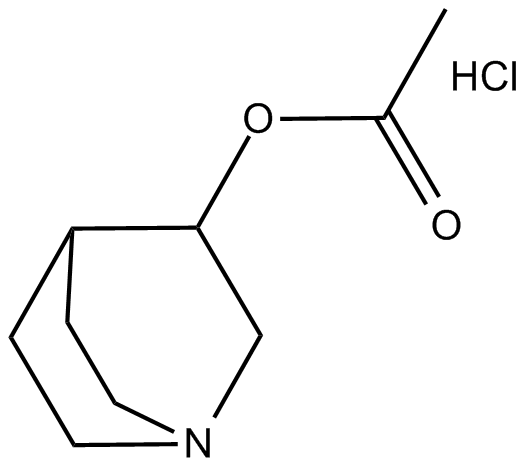 C4635 Aceclidine (hydrochloride)Summary: agonist of muscarinic receptors
C4635 Aceclidine (hydrochloride)Summary: agonist of muscarinic receptors -
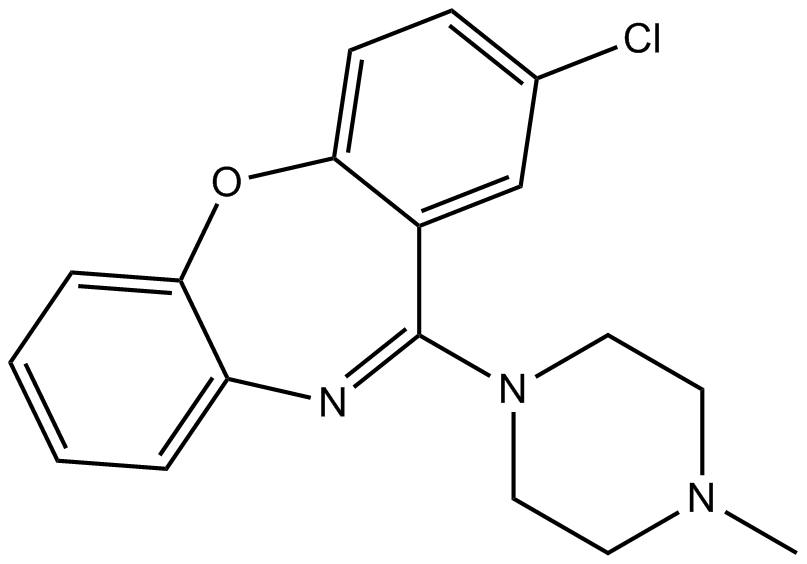 B1001 Loxapine1 CitationTarget: 5-HT2 ReceptorsSummary: 5-HT receptor antagonist
B1001 Loxapine1 CitationTarget: 5-HT2 ReceptorsSummary: 5-HT receptor antagonist -
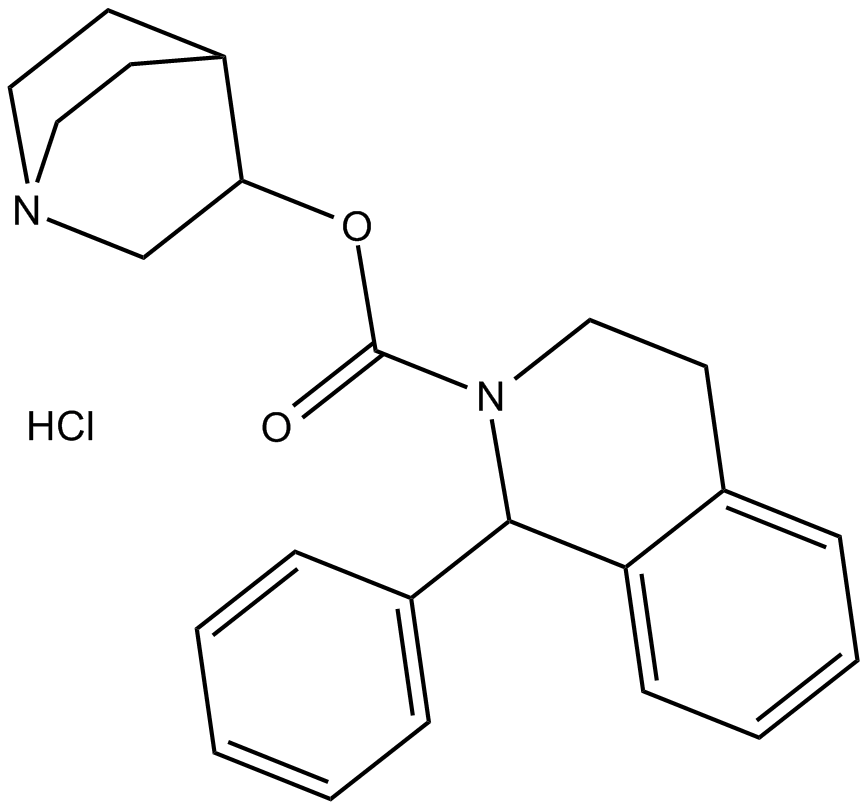 B3415 Solifenacin hydrochlorideSummary: muscarinic receptor antagonist
B3415 Solifenacin hydrochlorideSummary: muscarinic receptor antagonist -
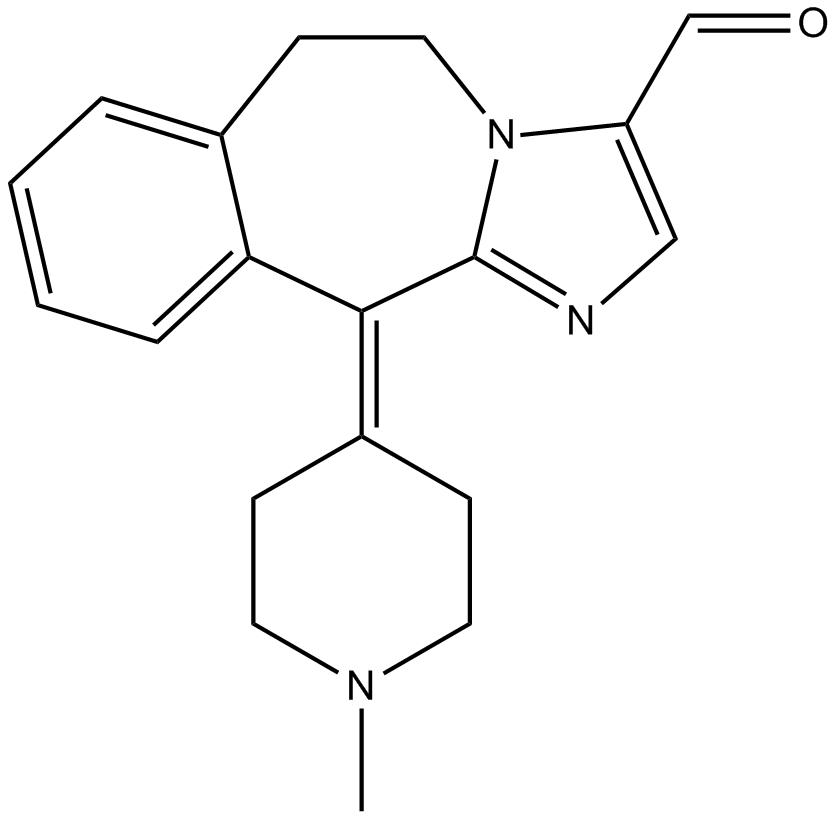 B3518 AlcaftadineSummary: H1 histamine receptor antagonist
B3518 AlcaftadineSummary: H1 histamine receptor antagonist -
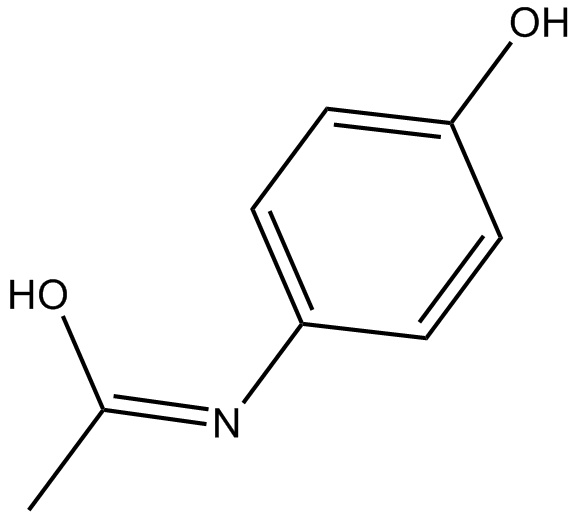 B3532 AcetaminophenSummary: COX inhibitor
B3532 AcetaminophenSummary: COX inhibitor

